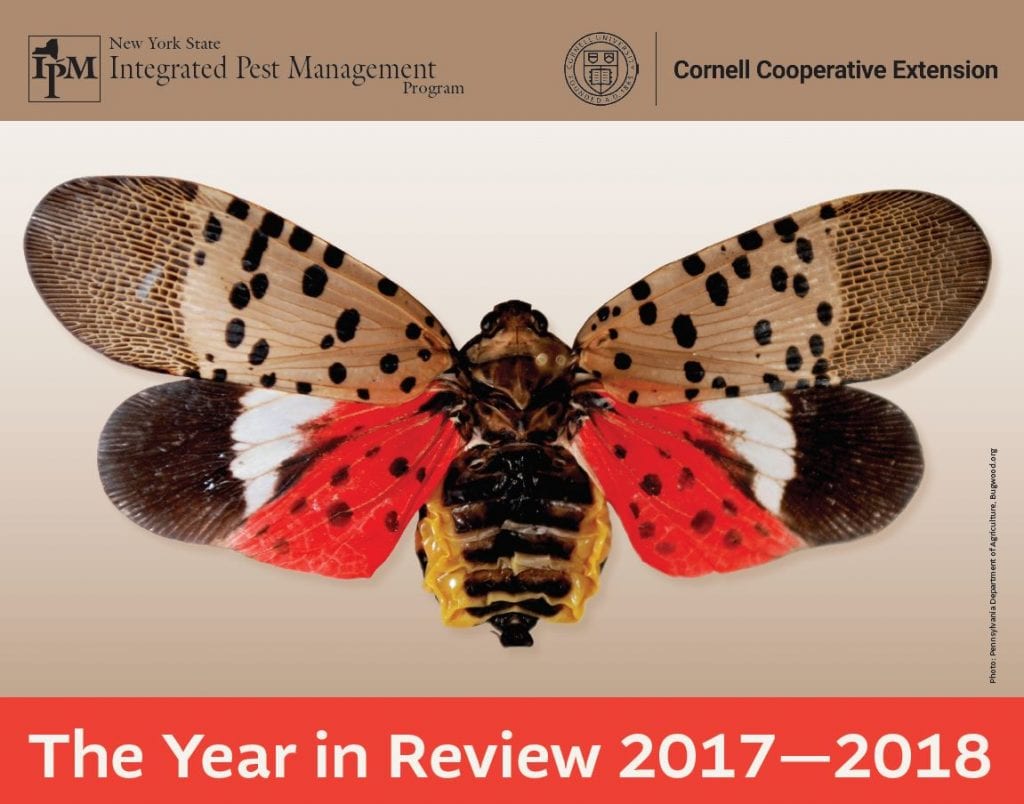“None of us is as smart as all of us.” –Ken Blanchard 2018 has been quite the year and we have been busy blogging, tweeting, videoing, and Facebooking about it. Here’s a recap of some of our more popular 2018 offerings: ThinkIPM – our catchall blog and a great way to keep a pulse on…Continue Reading 2018’s Best of NYS IPM
2018’s Best of NYS IPM
